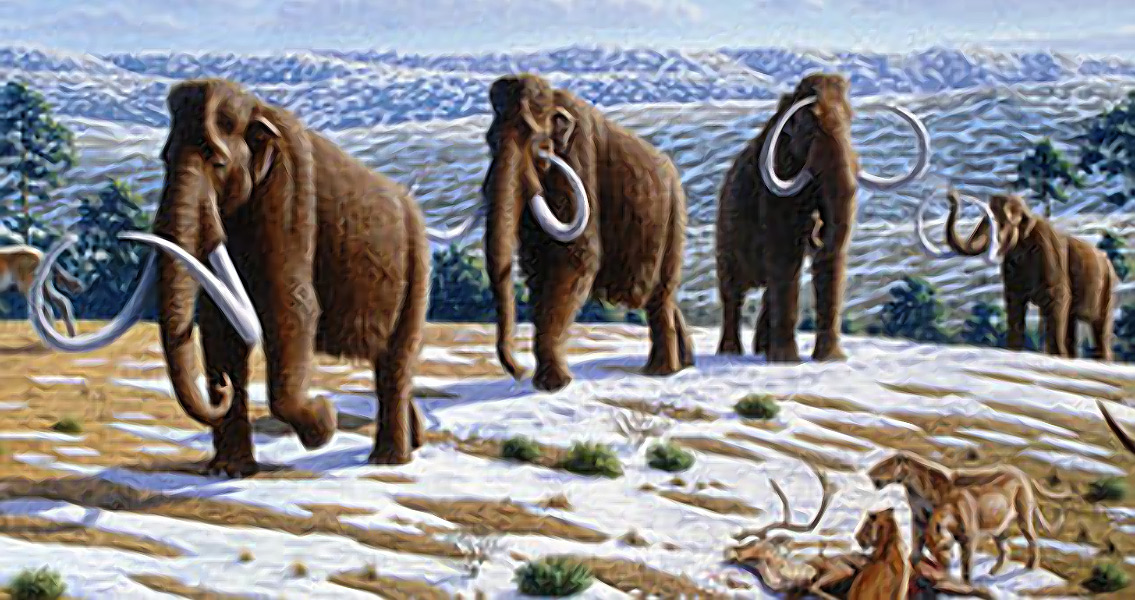<![CDATA[During the last Ice Age, woolly mammoths freely roamed Asia, Africa, Europe and North America until vanishing from the landscape approximately 4,000 years ago. Now, a team of scientists from Harvard University has announced their intentions to create a hybrid elephant-mammoth embryo, effectively “de-extincting” the species in as little as two years. The team has been working to isolate the woolly mammoth genes and then splice them into Asian elephant DNA since 2015. The hybrid embryo they hope to create would come from an Asian elephant, and then be programmed to have specific mammoth traits. The Asian elephant, an endangered species, is the mammoth’s closest living relative. The gene-editing procedure, called CRISPR/Cas9, allows geneticists to basically cut and paste, or splice, strands of DNA more accurately than ever. Thanks to advances in technology, woolly mammoth DNA was extracted from a carcass discovered in the permafrost of Siberia in 2014. Nicknamed Buttercup, the mammoth specimen had lain trapped in the permafrost for around 42,000 years. “Our aim is to produce a hybrid elephant-mammoth embryo,” geneticist George Church with Harvard University who leads the team told The Guardian. “Actually, it would be more like an elephant with a number of mammoth traits. We’re not there yet, but it could happen in a couple of years.” Already dubbed a “mammophant”, the animal would have numerous mammoth traits such as small ears, shaggy hair and blood that allows the animal to tolerate freezing temperatures. The existence of an actual mammophant however, is still years beyond the creation of an embryo. Future plans, which could take more than a decade to realize, are to grow the embryo in an artificial womb in a lab. The scientists believe their modifications can help the endangered Asian elephant, and help battle global warming by reducing the rate at which Arctic permafrost is thawing. As the permafrost thaws, the process of microbes consuming the organic material beneath it releases huge amounts of the greenhouse gas methane into the atmosphere. When herds of mammoths wandered the Arctic, they suppressed forest growth which in turn prevented the melting of permafrost. “They keep the tundra from thawing by punching through snow and allowing cold air to come in,” Church explained in the article, “In the summer they knock down trees and help the grass grow.” There are critics of the team’s work who consider the revival of extinct creatures to be filled with unpredictable consequences, such as the impact such an introduction would have on elephants and other animals. Regardless of the ethical considerations the team of scientists continues their work. They successfully grew a mouse embryo inside an artificial womb for 10 days, half of its 20-day gestation period. An elephant calf‘s gestation period is 660 days, making growing one a much more difficult feat. Professor Church recently spoke about his team’s progress trying to recreate the long-extinct mammoth’s genetic blueprint over the past two years at the annual meeting of the American Association for the Advancement of Science (AAAS) in Boston. ]]>
Scientists Making Progress in Creation of Woolly Mammoth Hybrid Embryo
